Begonia at home: the rules of care, planting, reproduction and watering. 90 photos of beautiful flowers
Perennial begonia has long been a mandatory attribute on window sills in many homes of residents of our territories and other countries. Most people love it for its beautiful abundant flowering, as well as for the unusual asymmetric shape of the leaves.
Let's get acquainted
To date, there are several thousand subspecies of this beauty and even more of its hybrid varieties. We bring to your attention several photos of begonias of the most common species.
Begonia is ever-blooming, being a perennial shrub with a bare stele and wide smooth leaves with streaks, it is considered to be one of the most popular representatives of this type of plant. Small flowers of white, red or pink tones are collected in charming inflorescences, the seeds are hidden in brown boxes.
However, the general characteristic does not always coincide with a reliable description of the plant, since scientists have deduced a lot of hybrids that differ from each other in their appearance: color and shape of leaves, size of flowers and other features.
Tiger begonia is not a tall plant, the maximum size of which reaches a height of about 30 centimeters. There is an interesting feature: this specimen usually blooms in the winter. Some growers remove flowers because they are quite small and do not have aesthetic value.
But the leaves of the plant are wide, with notches along the edges, florists are very fond of their attractiveness. In many countries of Europe they are used in the design of bouquets and the creation of floral arrangements.
Large-leaved begonia impresses with its oval-shaped leaves with a glossy surface and a characteristic color: a combination of green and red tones. Miniature flowers of delicate pink color will appeal to many girls, so we recommend that you consider this option as a gift for the holidays.
General care recommendations
Begonia at home will feel great in a well-lit place. Give preference to windows that look west or east, as direct sunlight is undesirable.
When planting begonias, provide for the prevention of rot: fill the largest part of the pot with drainage, then a layer of charcoal and place the plant on this “pillow”, filling the remaining voids with earth. It is better to do this in the spring, when the length of daylight increases.
Given the tropical origin of the flower, try to create high humidity for it. Do not spray the plant, because after that brown spots are likely to appear on the leaves. Indoor begonia does not tolerate crowding, so foresee for it enough space on the windowsill "for growth".
If you regularly ventilate the room with the plant, you will certainly receive gratitude in the form of excellent large buds. At the same time, avoid drafts and sudden changes in air temperatures, otherwise the begonia will begin to fade and discard the foliage, not to mention the flowers.
Do not forget about fertilizers: it is necessary to use liquid complex preparations, mineral substances and phosphorus-potassium top dressing. The main thing is not to overdo it, because overfed specimens lose their resistance to diseases and parasites.
Timely transplantation of a botanical beauty is important. You will immediately realize that it is time to transplant the plant along the drooping roots from the holes at the bottom of the pot.
To do this, remove the plant from the ground, clean the root system of the old soil and place the roots in a light manganese solution for thirty minutes. After a while, rinse the roots with clean water, dry them and transplant to a new place.
Winter care
Begonia flower in winter, like many plants, is at rest. As daylight hours are shortened, our beauty suffers from a lack of sunlight.
With intensive irrigation, the plant may develop incorrectly: the stems are stretched and thinned. Therefore, it is necessary to reduce watering and ensure it only as the top layer of the soil dries.
It is not advisable to keep this specimen at high room temperatures in order to avoid the need to water the flower once again. For this purpose, it is contraindicated to put the pot next to heating appliances. Pay special attention to maintaining the required moisture level, otherwise the leaves may dry out and crumble.
Conducting transplantation and reproduction in the cold period is highly not recommended. Recovery of a damaged root system is slow, which contributes to an increased risk of disease. Cutting cuttings for rooting is also prohibited, since there is a high probability of their decay.
Propagation Features
The most suitable period is spring. This procedure is easily carried out by each owner, using our tips.
Seeds are one of the reliable methods of propagation, but there are nuances: it will take some time, and the process of germination itself is not easy. But this is ideal when you need to get a large number of copies. The plants themselves are grown according to the seedling principle, sowing seeds in ready-made pots.
If there is no way to provide additional illumination, then take your time with sowing, wait for a more suitable time. The appearance of the first sprouts can be seen after about a couple of weeks.
After seedlings, try to provide the right amount of light: put the pots closer to the window. As soon as the first leaves appear, carefully dive into containers with fertilized soil.
The stem cuttings are loved by many plant growers for their speed, simplicity, versatility and reliability. Any begonia can be propagated in this way. You can cut only the top or the whole stalk obliquely with a sharp knife under the knot (the place from which the leaves grow). Put the botanical material in the filtered water and wait for the roots to appear, then transplant the flower into the ground.
Begonia is rightfully considered the queen of indoor flowers: some prefer it for ease of care, and someone loves this plant for its visual appeal and the richness of shapes and colors. We hope that this beauty will certainly settle in your house to please you for a long time.
Photo begonias at home
Shovel - 60 photos of the main types, their features and characteristics
Chain for a saw: 75 photos of various types and basic characteristics
Garden bench: 100 photos of stylish and elegant projects from designers
Scandinavian style house - 100 photos of the best ideas of modern design
Join the discussion:


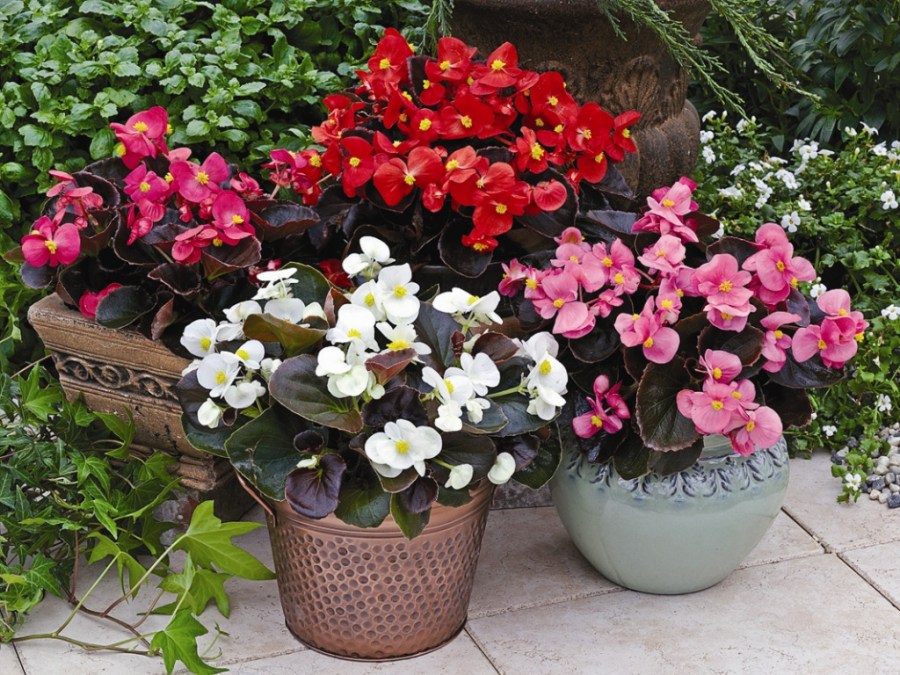
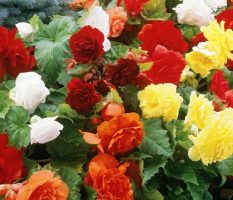

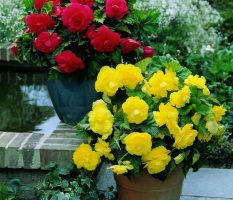




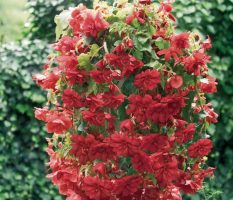


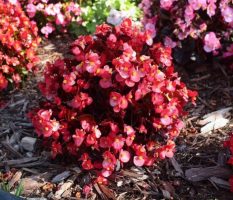





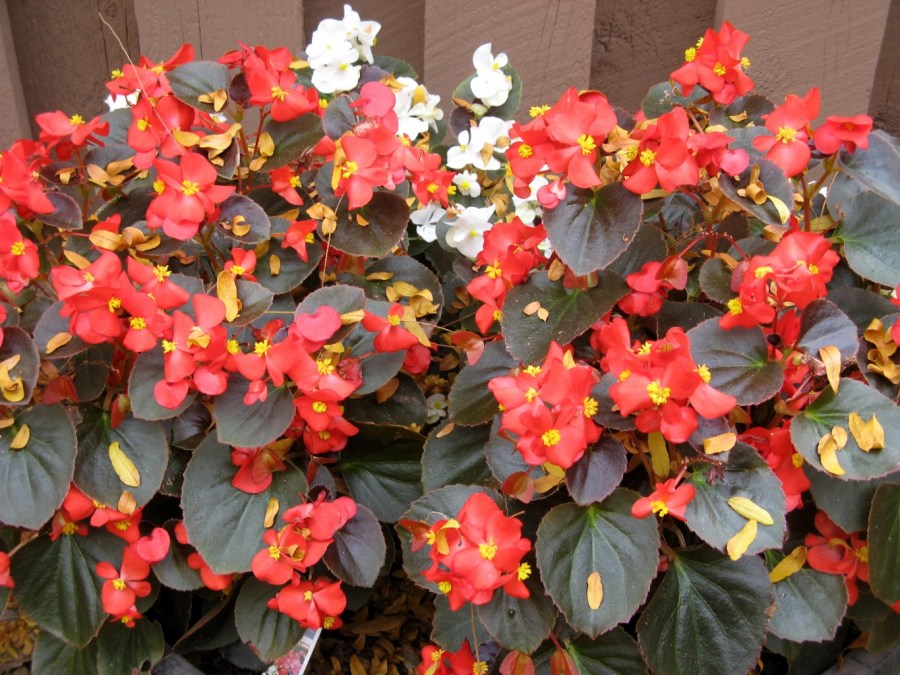

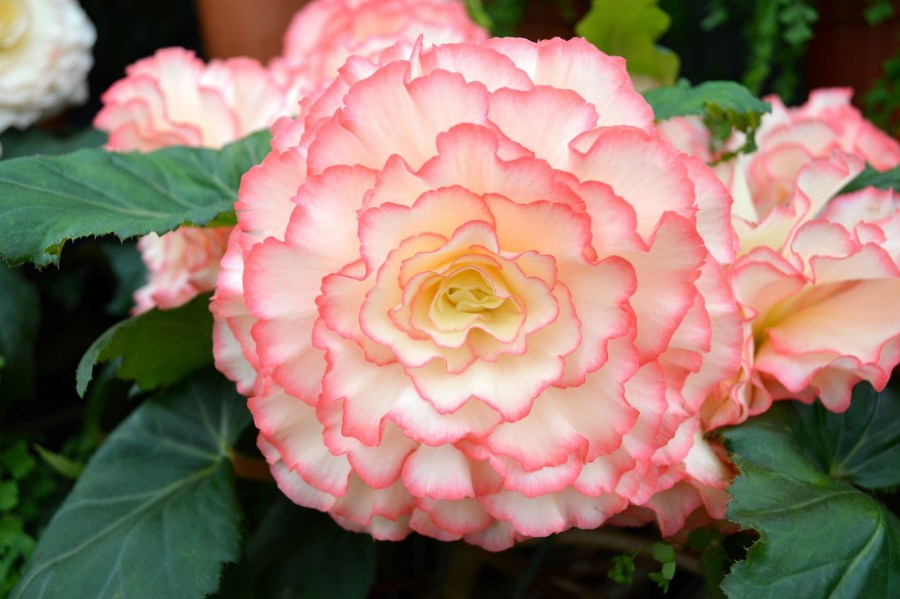
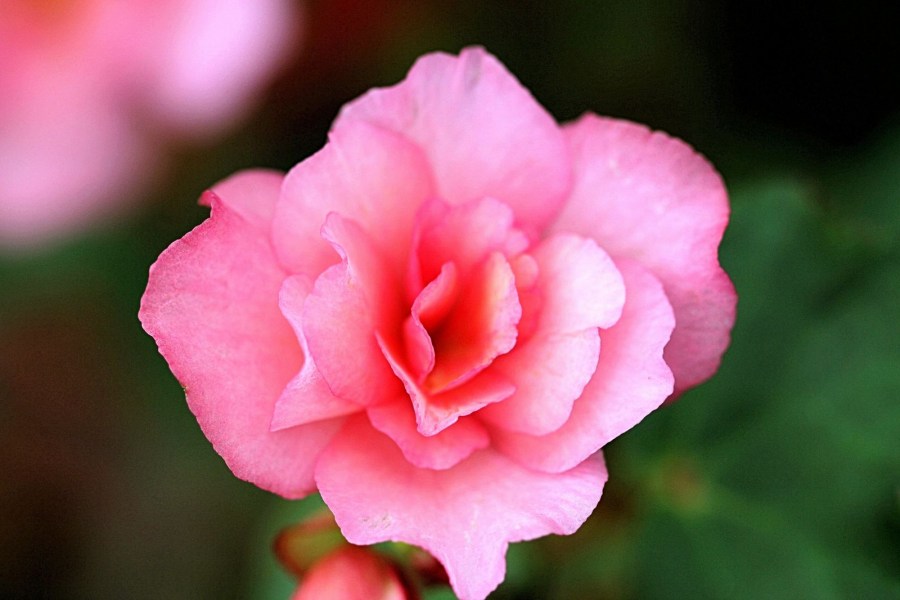
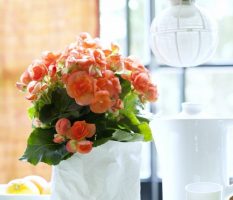
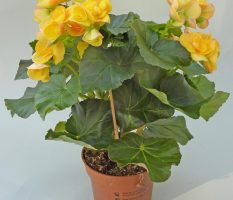
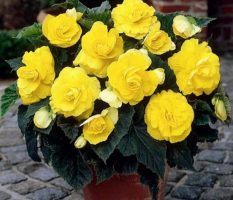
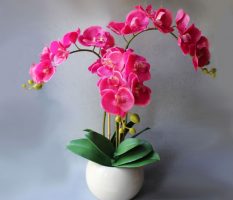





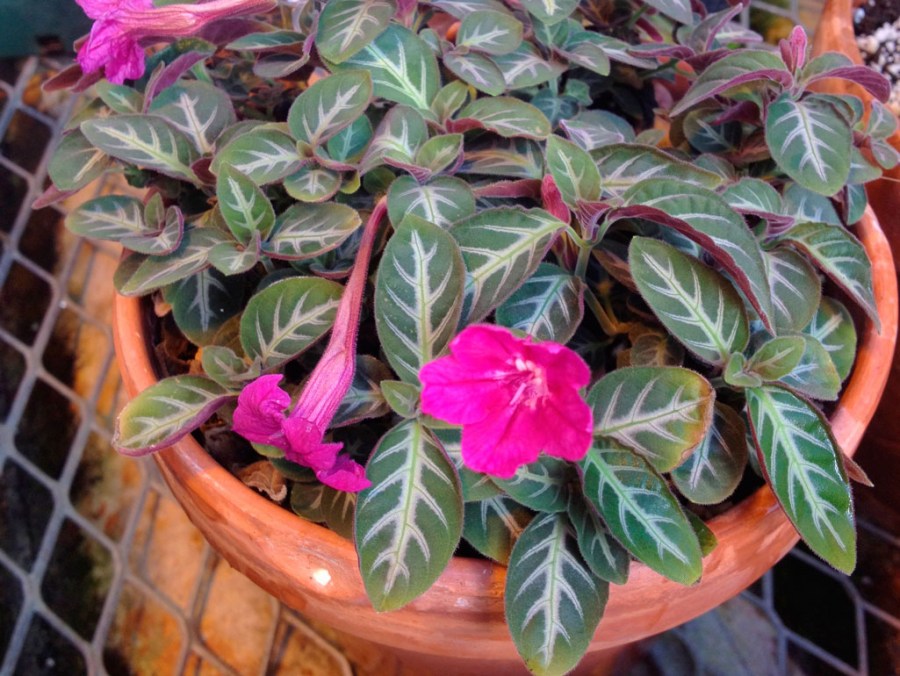
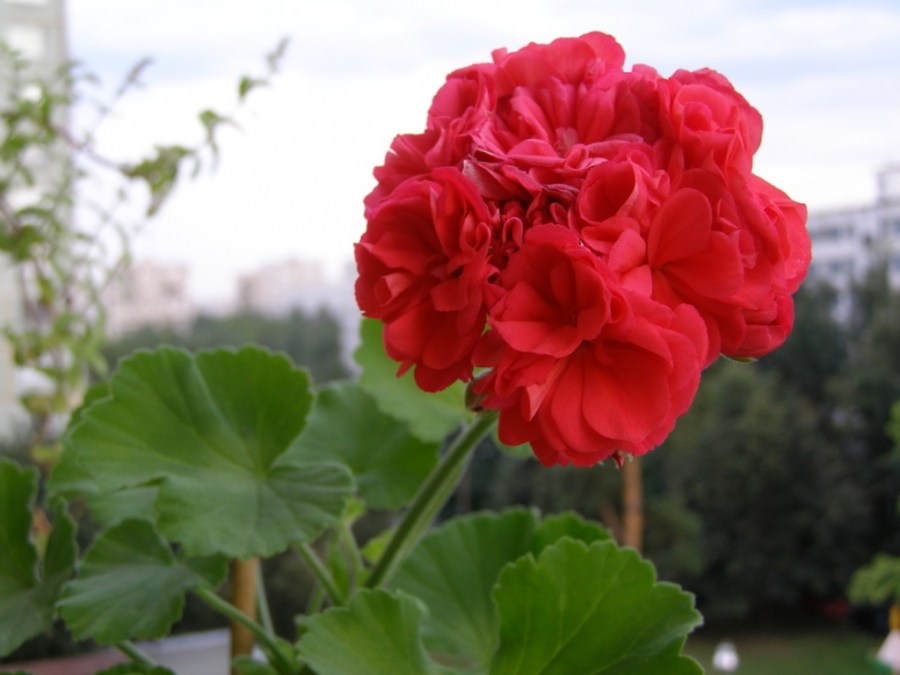

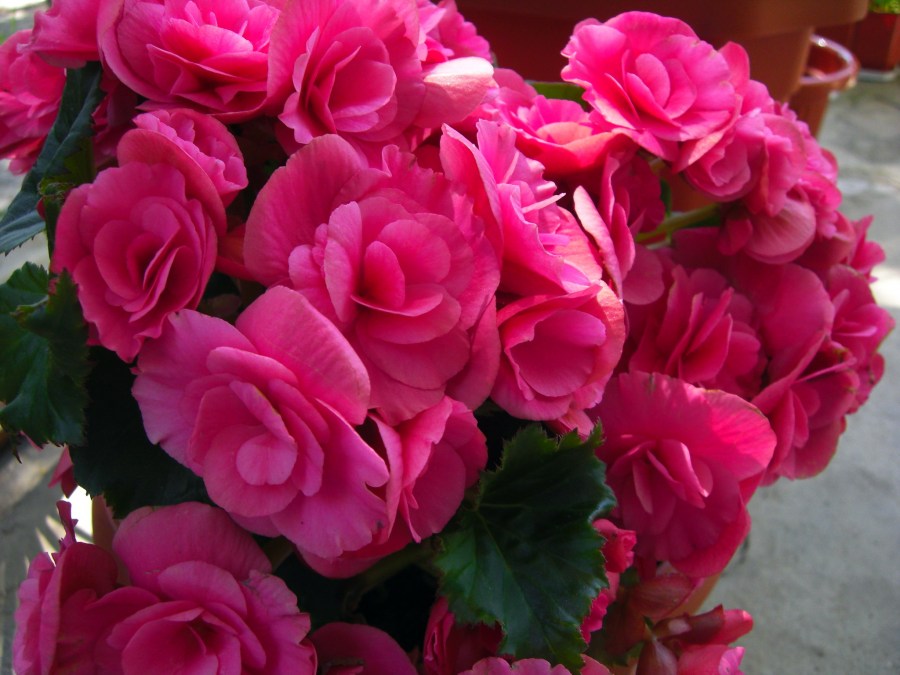
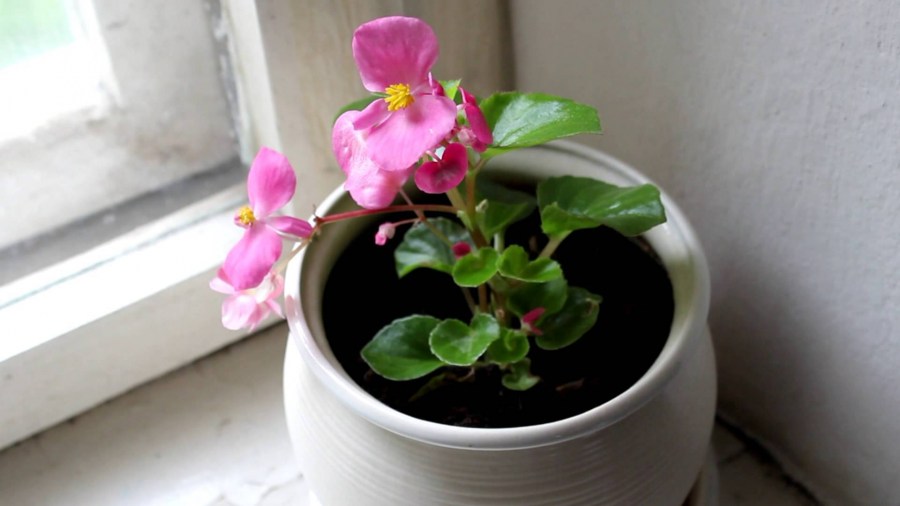







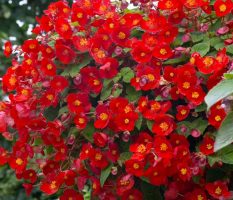
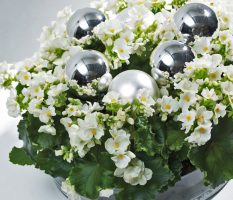
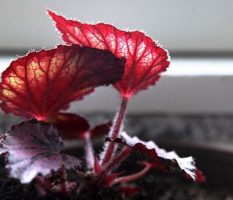

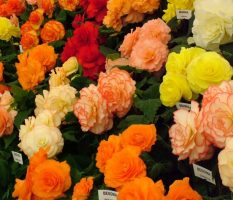





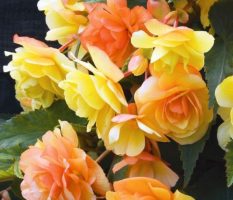
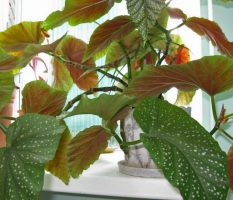
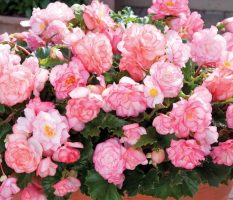




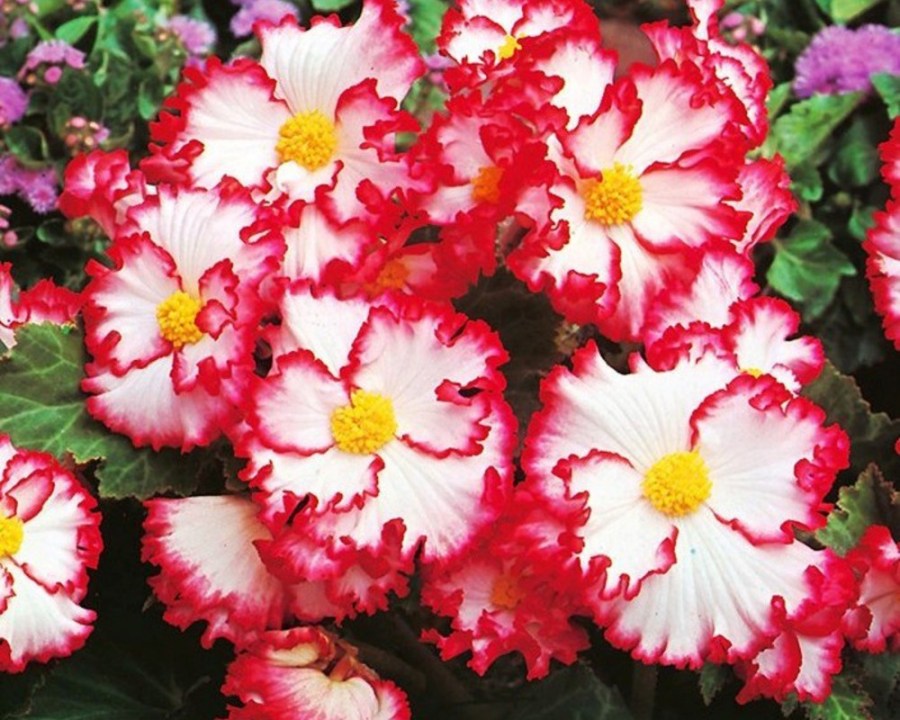
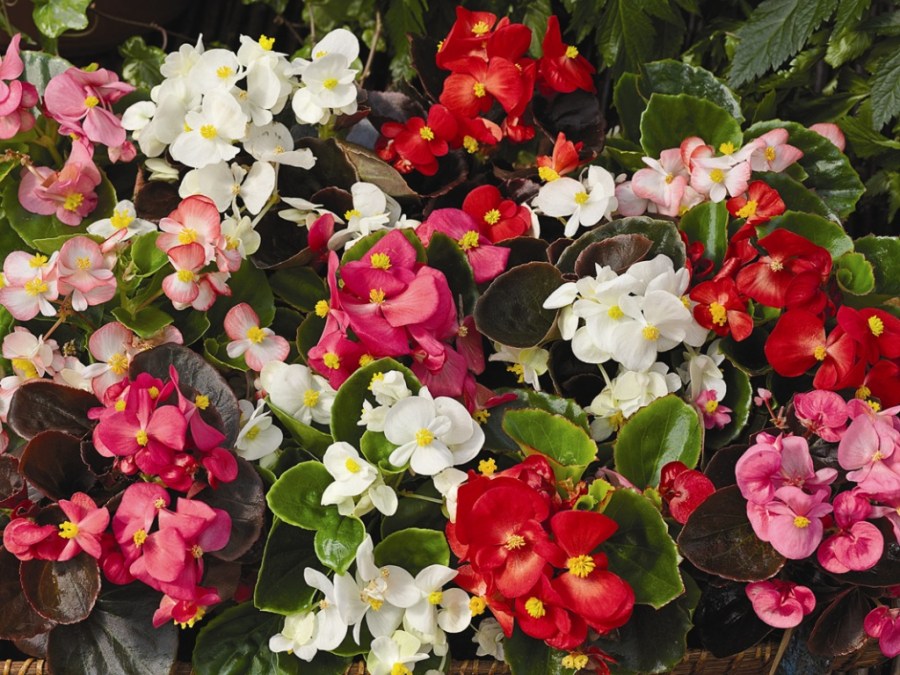

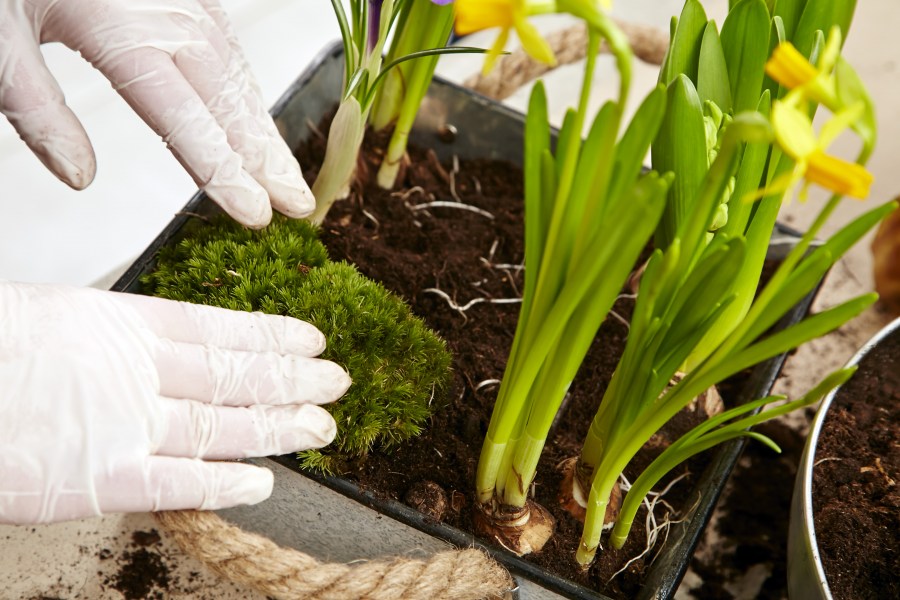
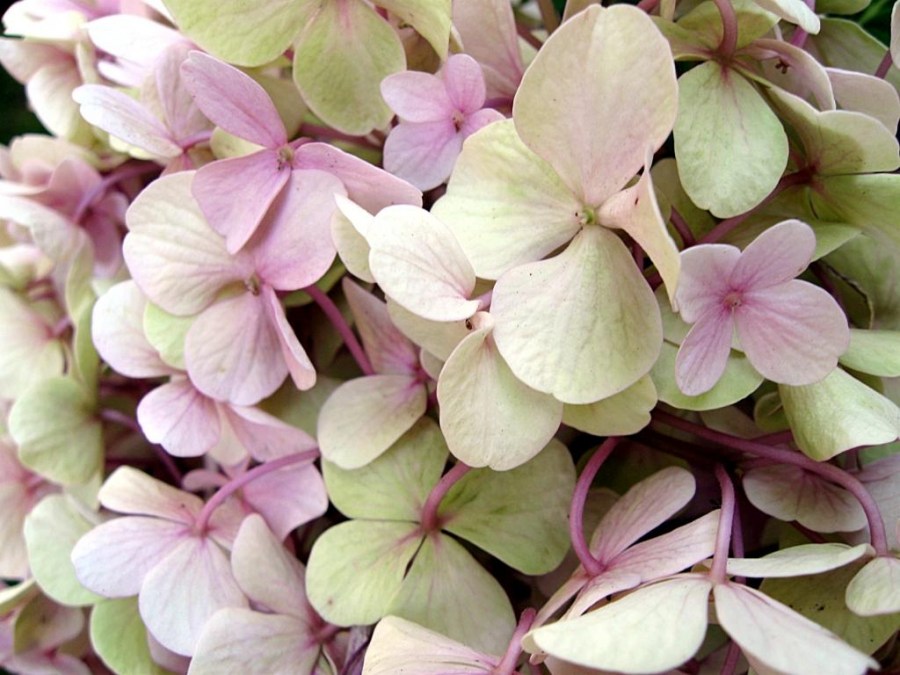
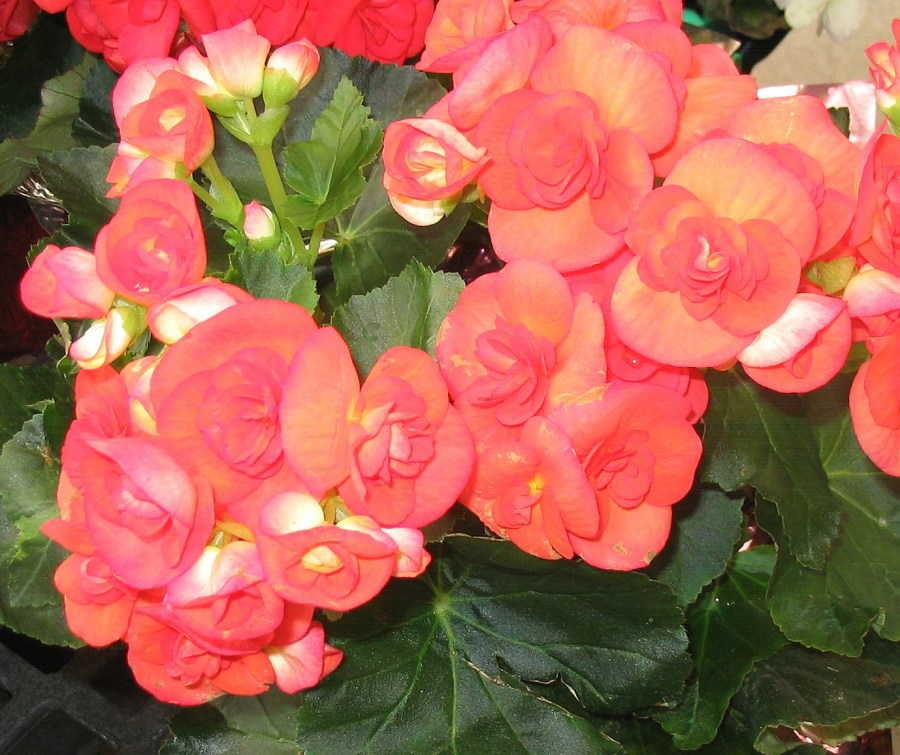

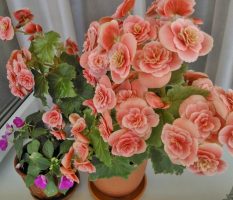


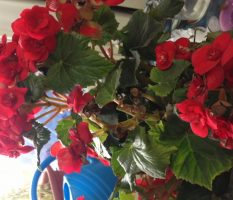

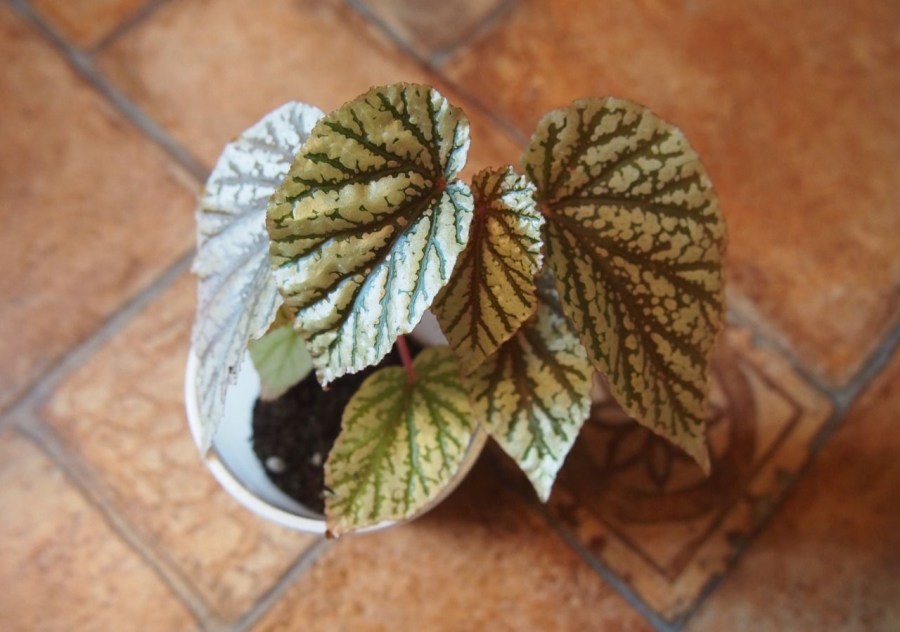


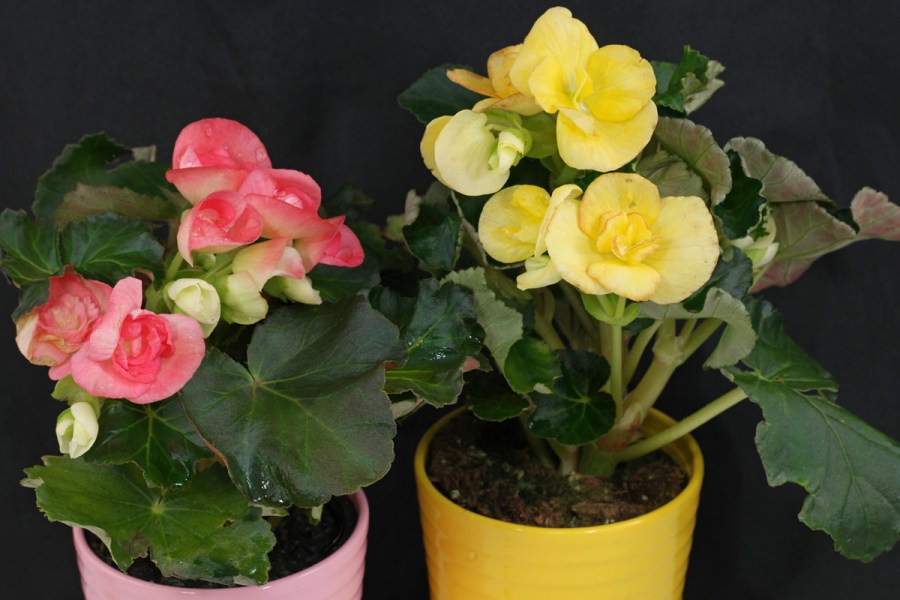



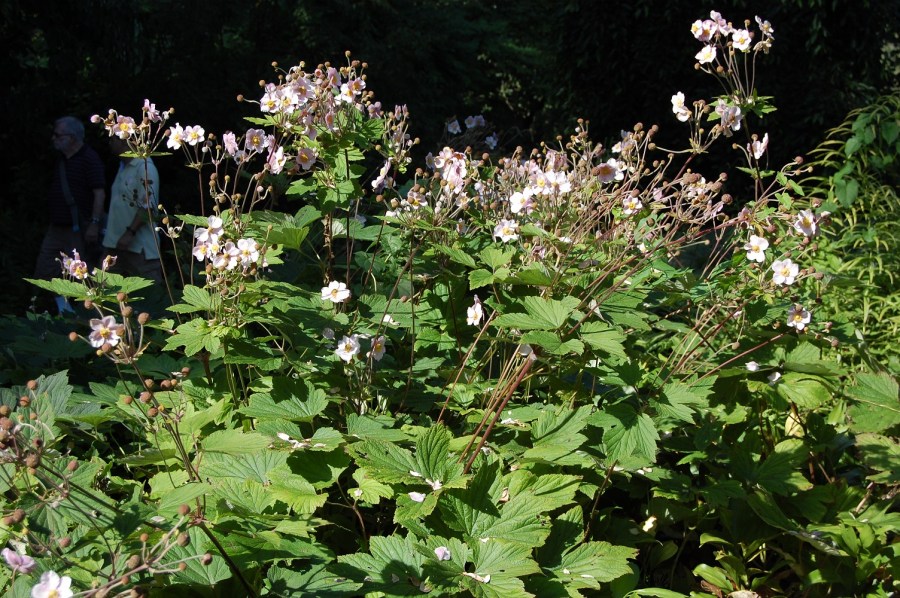




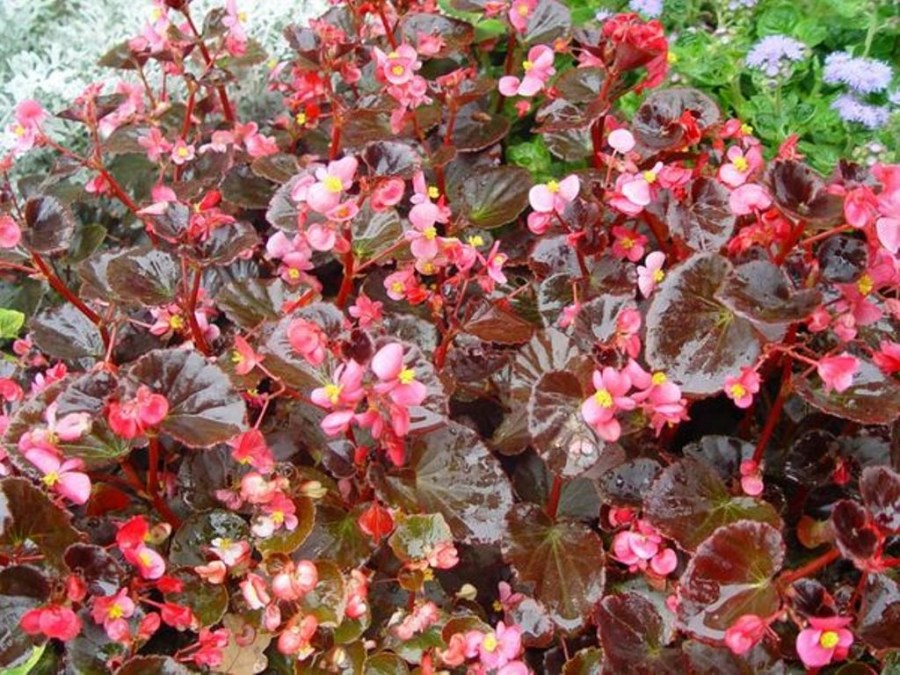
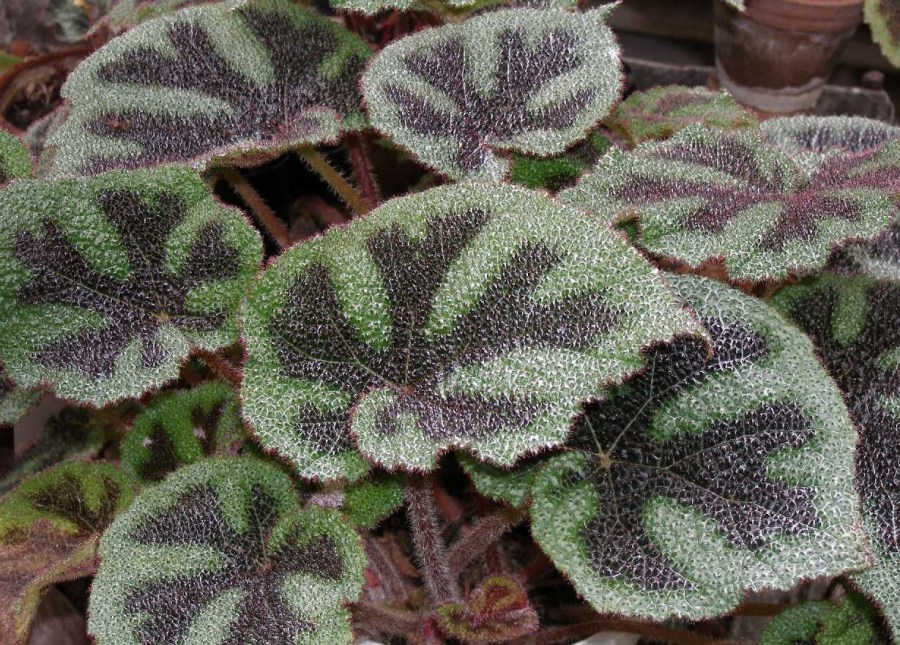


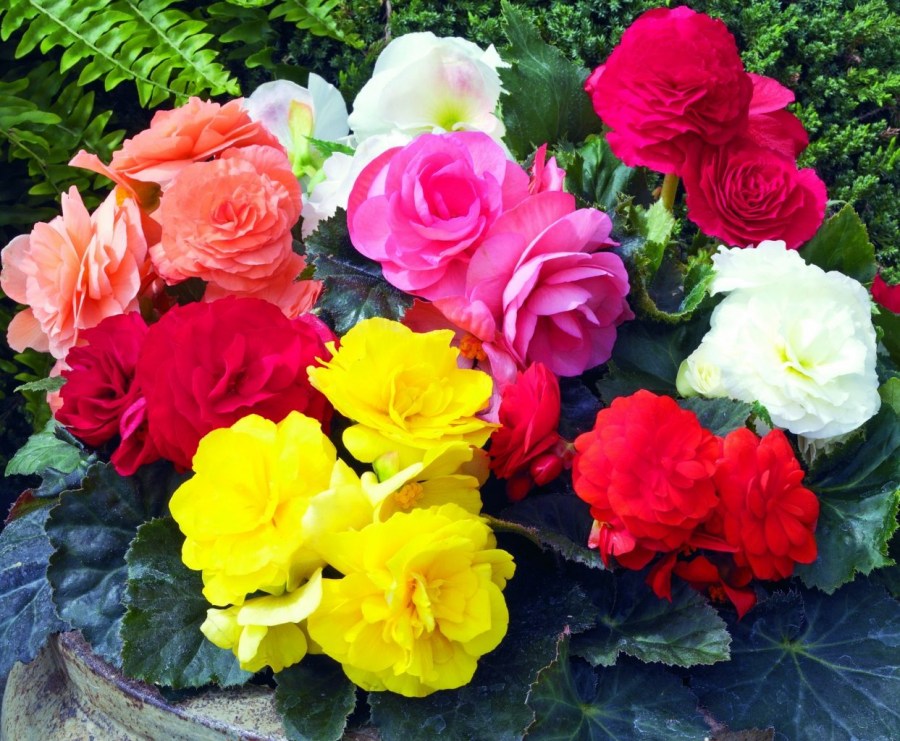


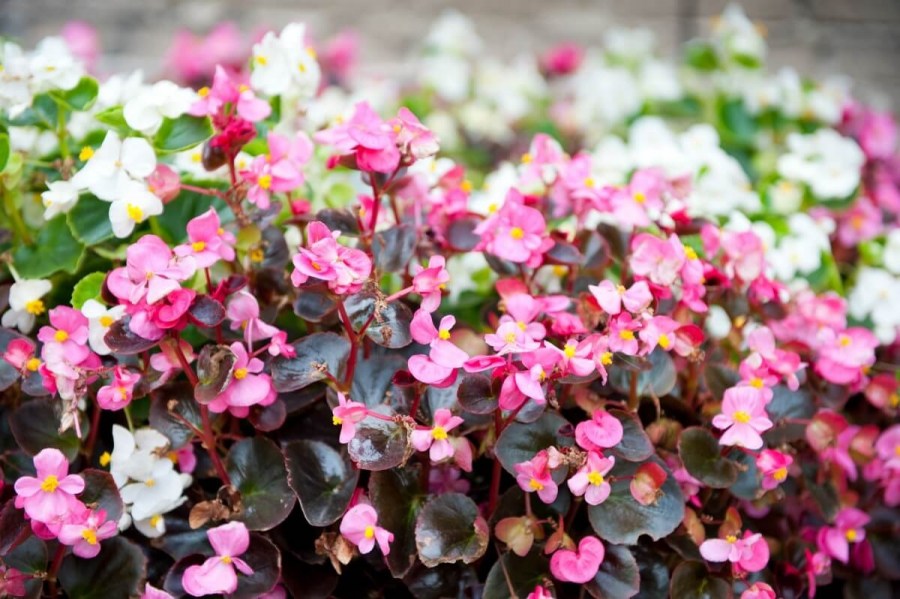

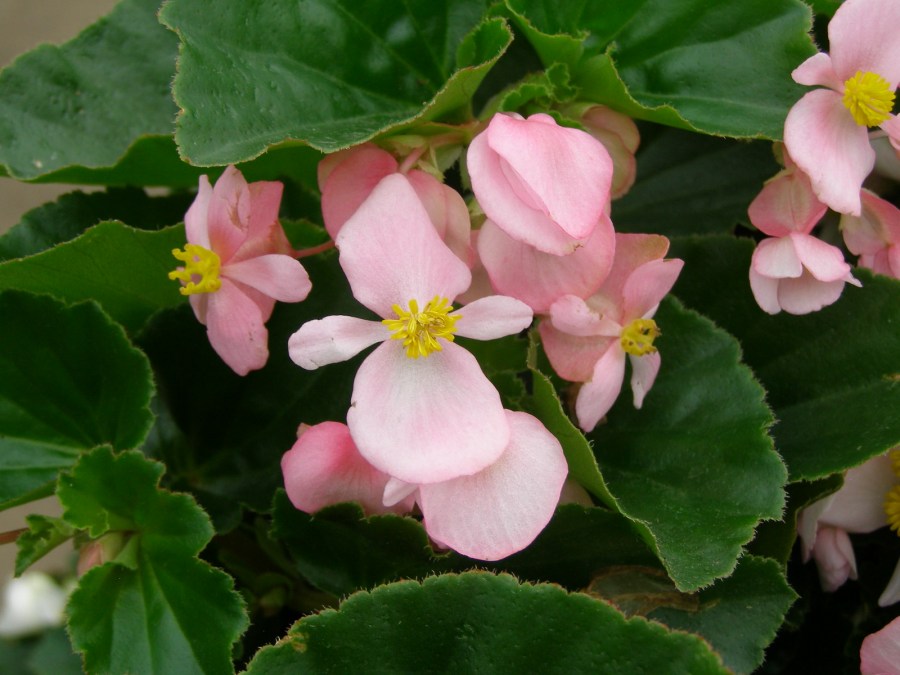


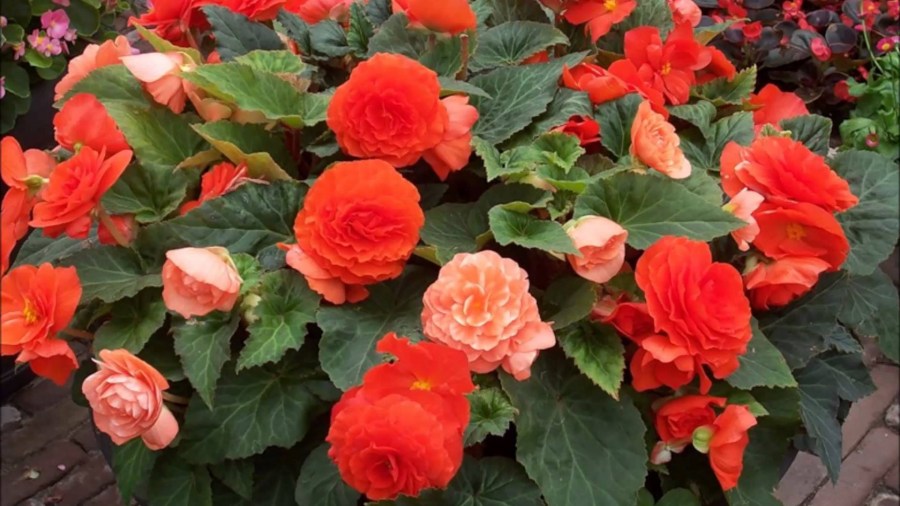

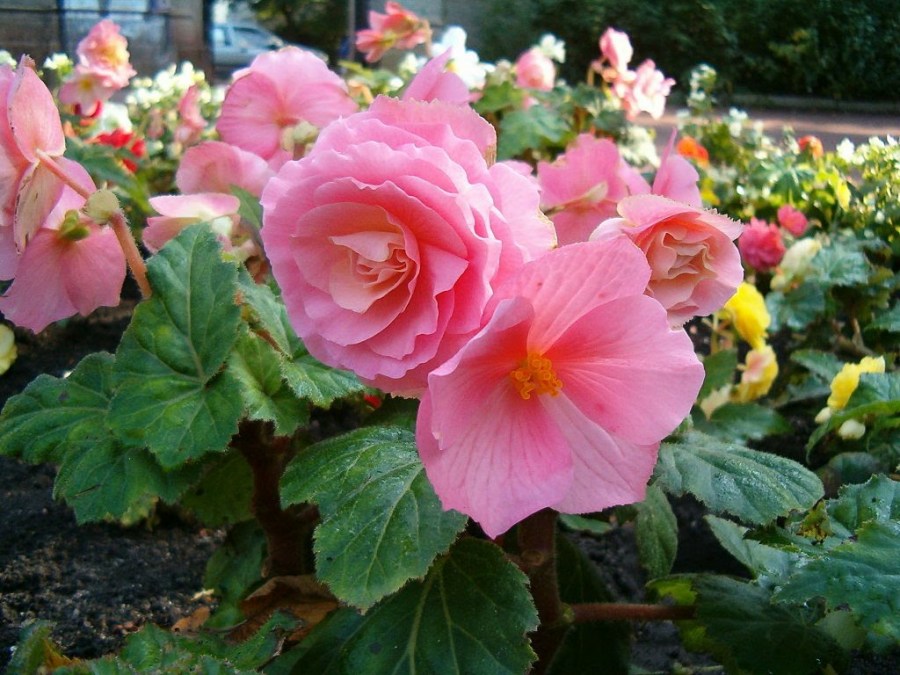
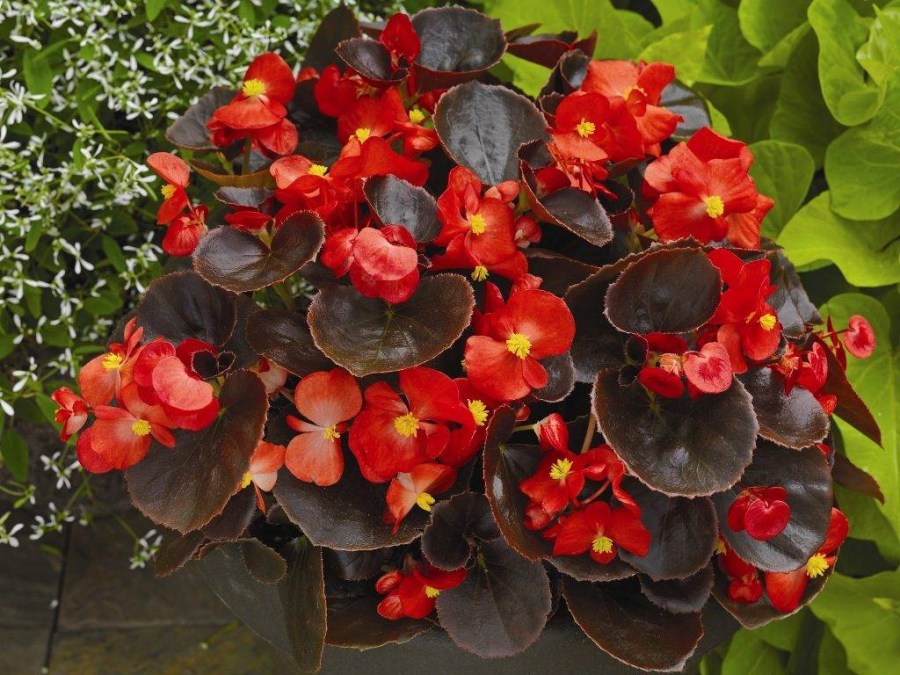



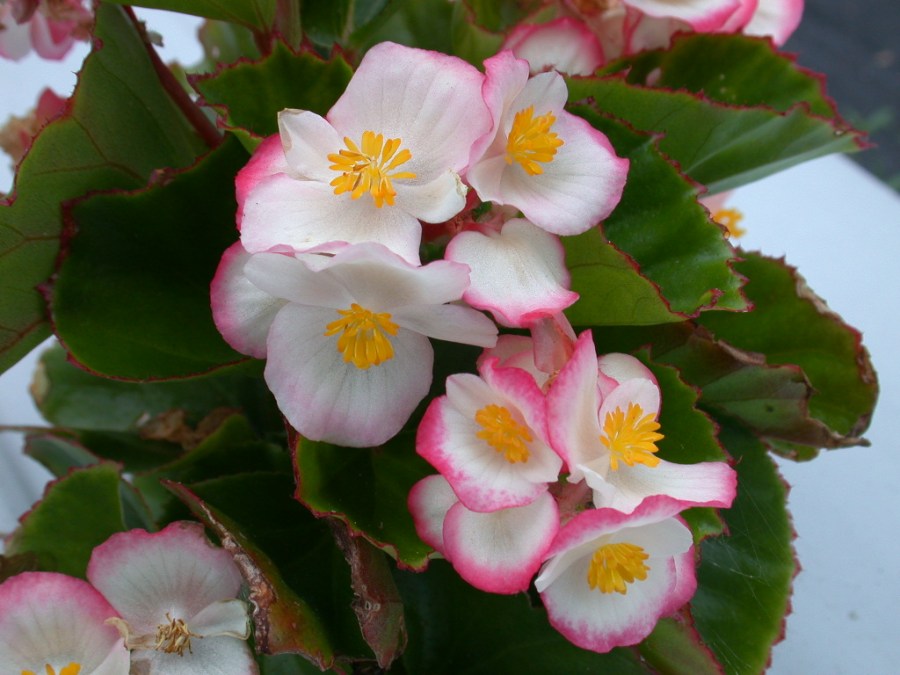


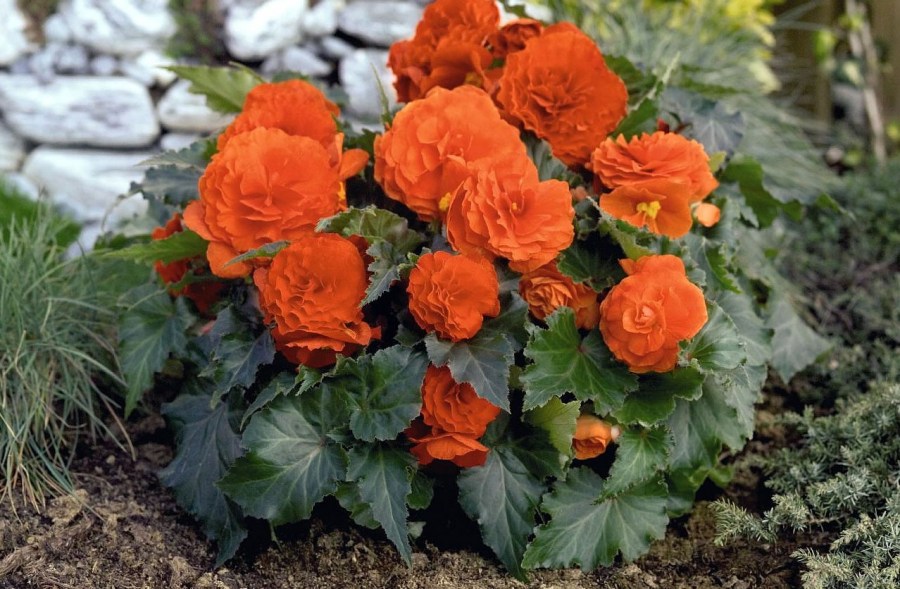


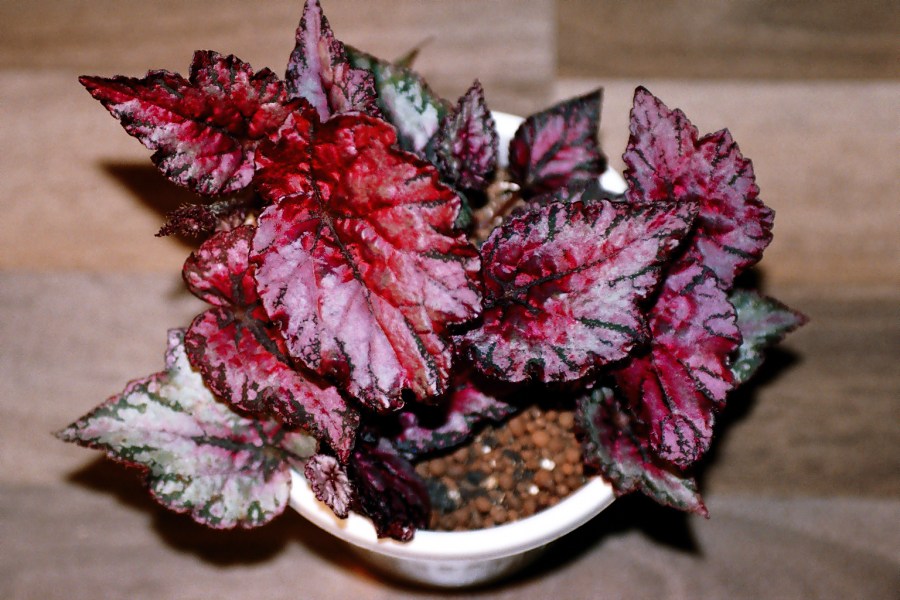
It happens that the apartment does not fit the flower? My begonias die after a while, although I take care correctly. The mother-in-law is the same, she is a biologist, she does everything right, but begonias do not grow.